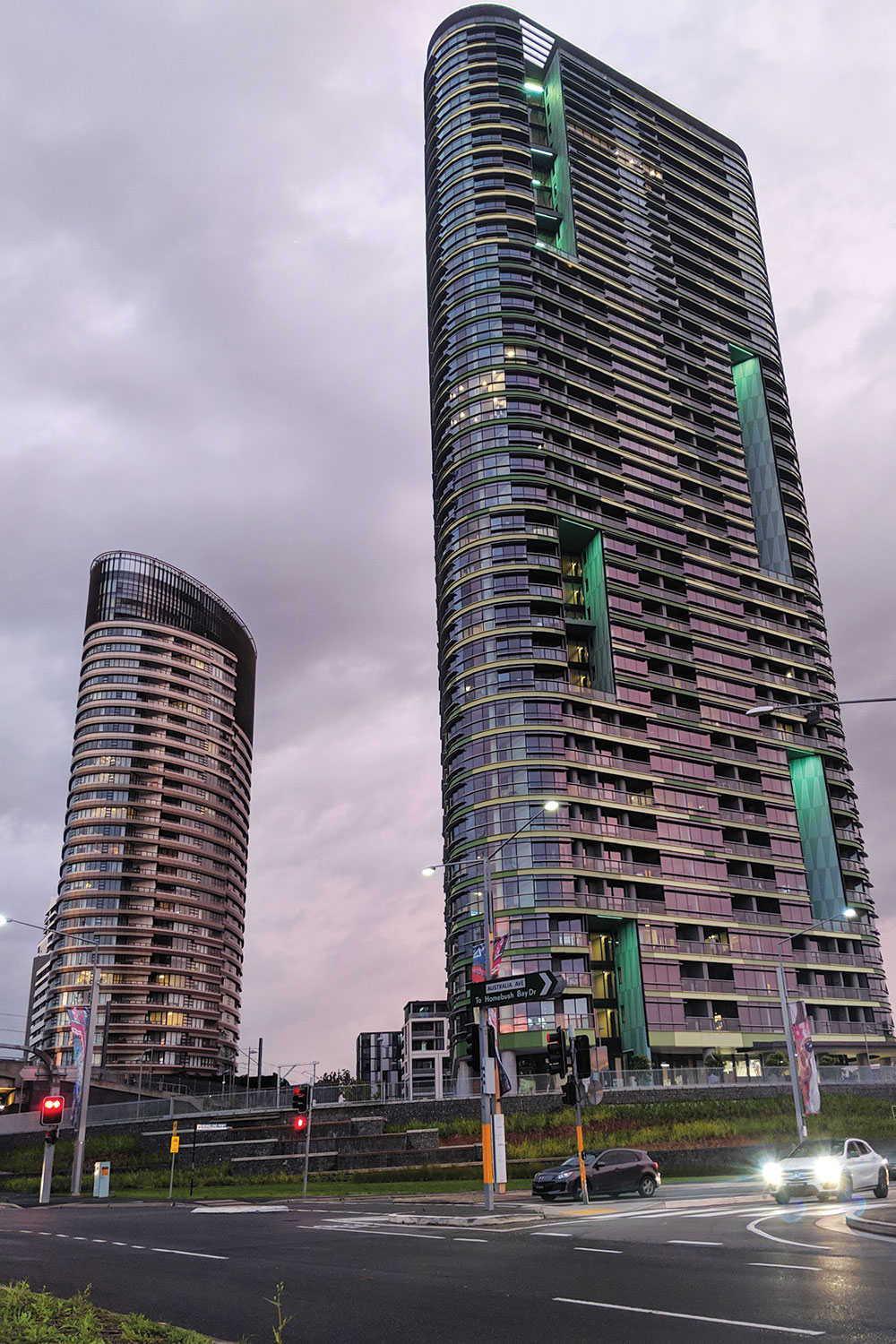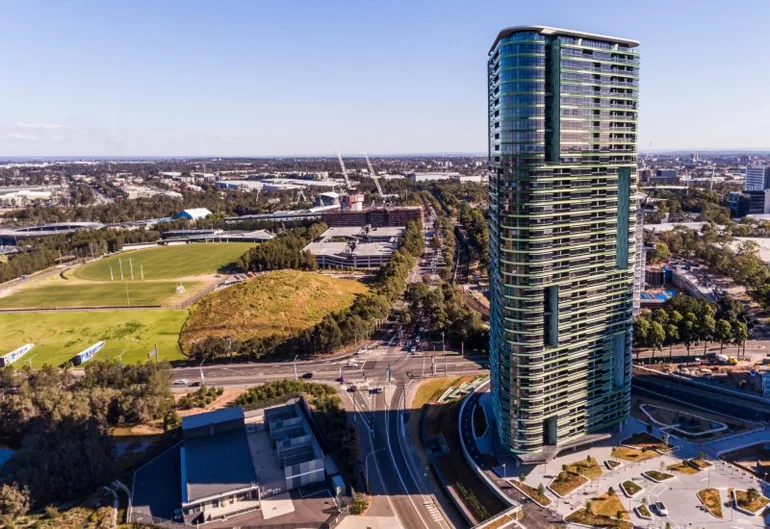Recent news of alarming structural problems in buildings around the country is highlighting the importance of registration for engineers.
In August this year, residents of 169 apartments in Sydney’s notorious Opal Tower began returning to their homes — eight months after their Christmas Eve evacuation, when loud cracking noises sparked fears of the building’s collapse.
The tower’s structural failings were identified in a New South Wales (NSW) Government report, released in February, which also outlined rectification works and recommendations for how such alarming structural defects could be avoided in the future.
The first recommendation echoed a proposal from the landmark 2018 Building Confidence report by Peter Shergold and Bronwyn Weir, which has long been a high priority for Engineers Australia: the creation of an engineer registration scheme for all states and territories.

Engineers Australia has been advocating for such a scheme to be legislated for the past two decades. Former Engineers Australia CEO Peter McIntyre said that while the existing National Engineering Register (NER) has been effective in setting a uniform national benchmark of professionalism across engineering practice, its voluntary nature is a limitation.
“Engineers Australia introduced the NER in 2015 because governments had not required mandatory registration in every jurisdiction,” he said.
“It has been very successful and has helped the public to identify practitioners that are recognised as having the right training, skills and commitment to ethics and ongoing development. But it doesn’t prevent those who don’t have the right qualifications, or who aren’t committed to ethical practise, from practising as engineers.”
While the ultimate aim is compulsory registration for all engineering occupations in all industries, the building sector has become a special area of focus due to the flaws identified in the Shergold-Weir report.
High-profile incidents such as Opal Tower and, more recently, the discovery of cracks in Mascot Towers in Sydney, and complaints of structural defects in the Australia 108 residential building in Melbourne have also led to the erosion of public confidence in the building industry.
In its recent submission to Building Stronger Foundations, the NSW Government discussion paper, Engineers Australia outlined three recommendations, formed in consultations with its membership, that it believes will strengthen the industry and assist in regaining public confidence.
While Engineers Australia recommends that all jurisdictions implement every recommendation of the Shergold-Weir report, its submission focuses on compulsory registration of engineers.
Such a requirement has been in place in Queensland for 90 years and has recently been put in place in Victoria, where, in August this year, the Professional Engineers Registration Bill 2019 was passed by the state’s Parliament.
Compulsory registration also has widespread support from Engineers Australia members.
Feedback was sought from all NSW-based members in July 2019, by email. Of those who responded, 91.5 per cent expressed specific support for a registration scheme, and just 3.4 per cent expressed opposition.
In October 2019, Engineers Australia held a member consultation and information session in Newcastle, with about 50 people in the room and more than 300 live streaming by webinar. At this session there was a great deal of interest and a strong sentiment of support for a NSW scheme for registration of engineers.
And support is very strong amongst the general public. In a national poll commissioned by Engineers Australia this past July, 88 per cent of respondents agreed that engineers should be registered. In NSW, that figure increases to 91 per cent and is high across all demographics.
“One of our concerns is that, right now, in any state or territory other than Queensland and, soon, Victoria, anybody can call themselves an engineer even if they don’t hold the appropriate qualifications,” said McIntyre.
Karlie Collis, Principal and Senior Structural Engineer for Northrop Consulting Engineers and Chair of Engineers Australia’s National Structural College Board, believes the public assumes that engineers already require registration.
“The reality is that my five-year-old son could sign off on a 10-storey building if he wanted to,” she said.
“Registration is something the public expects and the public deserves.”
Guy Hodgkinson, Principal Project Manager and Engineering Design Manager at Middleton Group and a member of Engineers Australia’s Victoria Division Committee, describes compulsory registration as a “hot topic” in the industry.
“In the case of the Victorian legislation, I believe that the devil will be in the detail,” he said.
“However, anything that can give more confidence in safety and systems can only be a good thing.”
McIntyre stressed that a compulsory registration for engineers is not a “silver bullet” to fix problems within the industry, but rather an important first step in recognising competence.
Progress toward reform was signalled this past August with the appointment of an inaugural NSW Building Commissioner.
While Engineers Australia welcomes the appointment, McIntyre stressed that industry reform remains urgent.
“We are happy that the NSW Government is earnestly talking about registration, but we do want to see progress with more haste,” he added.
“To each government around Australia that does not have registration, we encourage them to give more focus to the implementations of the Shergold-Weir report as a priority. We want action on this issue.”
Building a better industry
Engineers Australia’s first recommendation in its response to Building Stronger Foundations, the New South Wales discussion paper on building industry standards, is that the proposed registration scheme align with the one operating in Queensland and the one recently passed in Victoria.
“The absolute gold standard is that we have a nationally recognised system,” said Collis.
The second recommendation is that the new registration scheme be applied to all who provide professional engineering services in the building sector, with the exception of those working under the supervision of a registered engineer.
The final recommendation is that a register be designed to enable its eventual expansion beyond the building industry to all engineering occupations in all industries.



